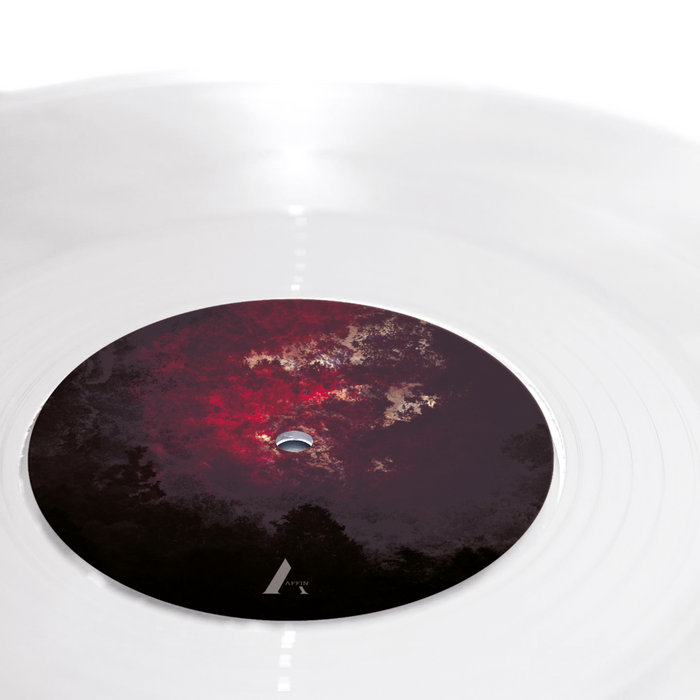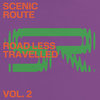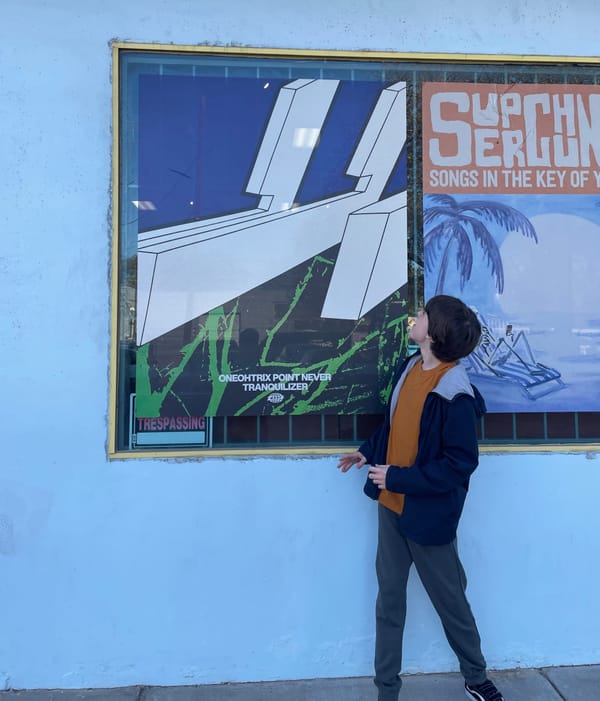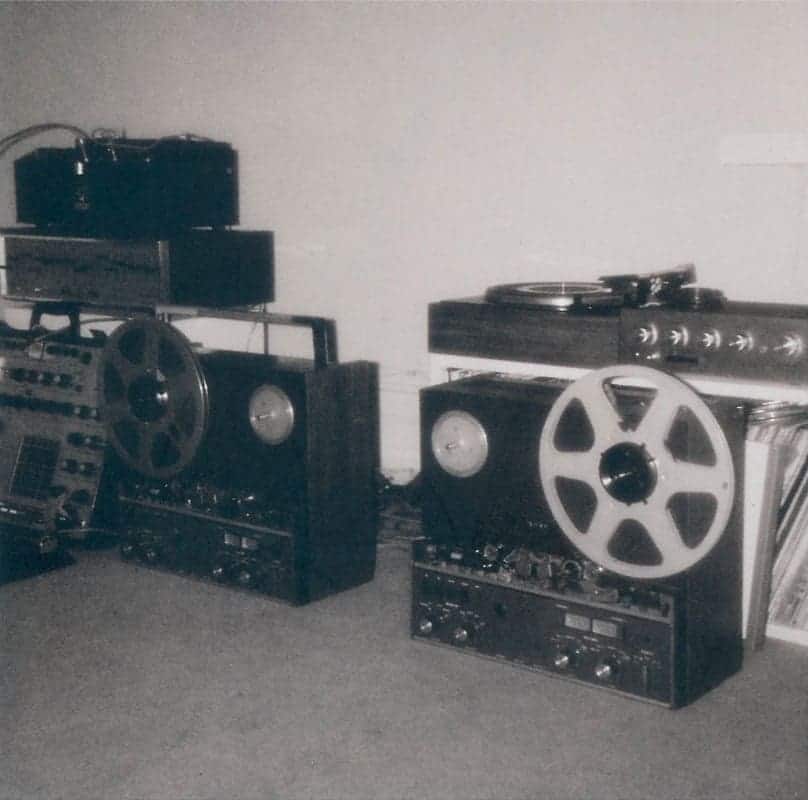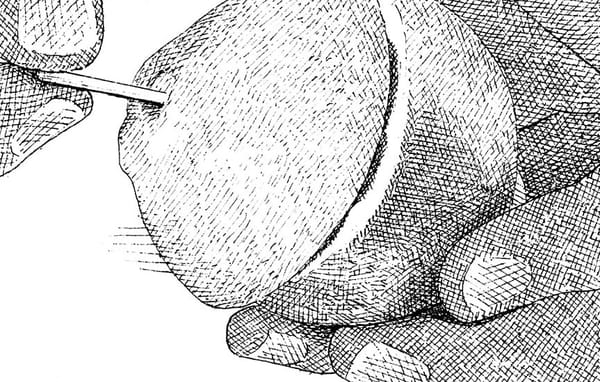#17: Play the quiet part out loud
Steve Albini was seismic
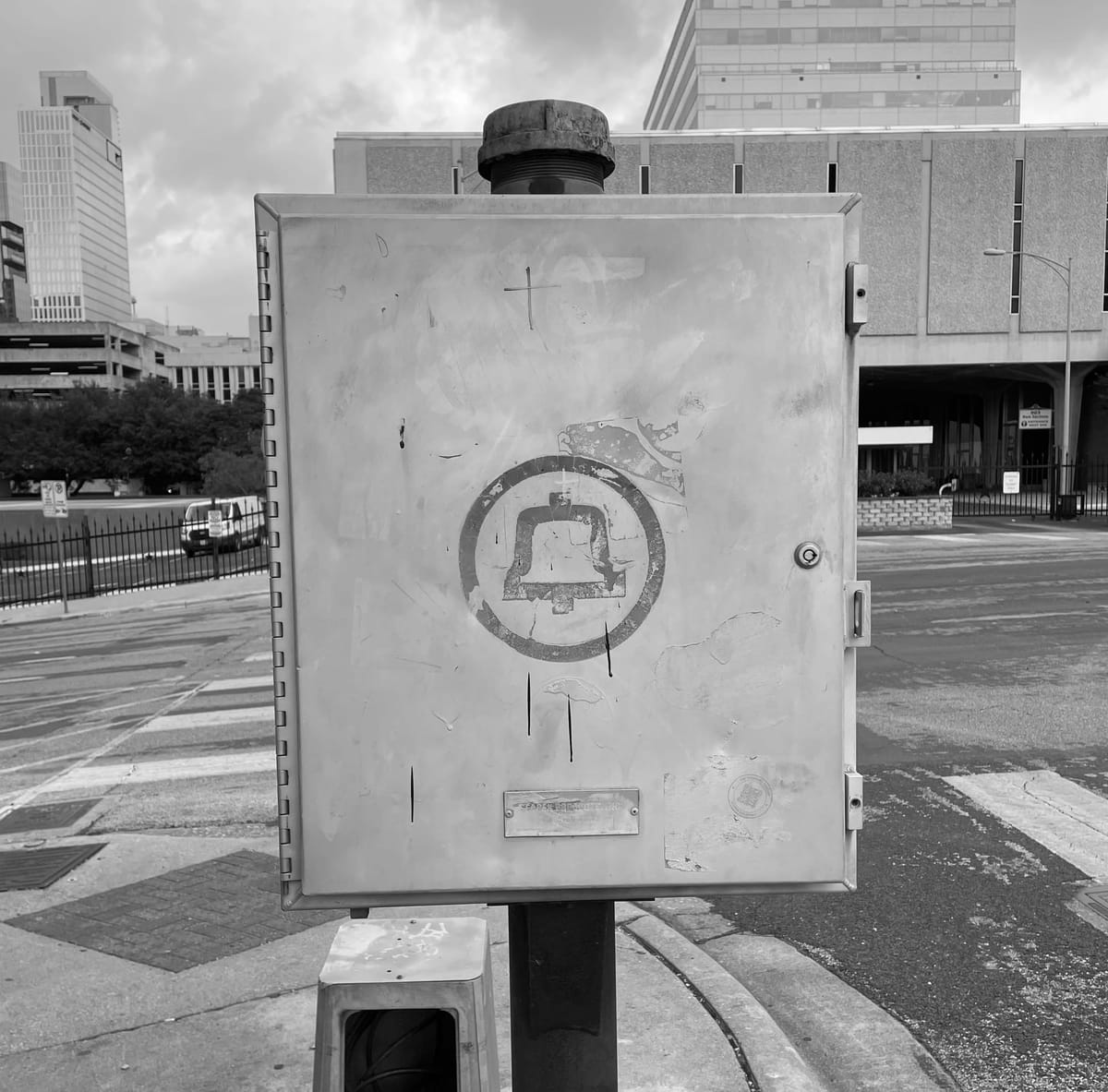
Steve Albini has died, yet having worked with countless musicians to record hundreds of albums (though he did not produce any of them—“all that’s required to be a full-fledged ‘producer’ is the gall it takes to claim to be one”), his legacy won’t end until long after we’re all gone.
And I’m not measuring “legacy” here based on his widely celebrated work, such as when he was the “legendary Nirvana producer” on In Utero, an album that certainly has—at this point—influenced generations of musicians. I’m talking about the rest of it, like when he was “Some Fuckin Derd Niffer” for Slint’s Tweez, a record that continues to reverberate underground. (Though my go-to Slint is the 1994 EP, also produced by Albini.) So many songs, so many albums that caught hold of people’s imaginations, that speak so deeply to them. And that is legacy, and it can’t be measured, and it extends through so many different people and pathways. Albini’s hand, in this way, is seismic.
Except, what did Steve Albini do that was so special? Musicians will say he pushed them to go further, to work faster and record live takes as a band—but how does that translate to what the rest of us experience as listeners? To illustrate, I’ll point to one of my favorite Albini records: the Wedding Present’s 1991 album Seamonsters.
Strongly established within the UK’s C86/jangle-pop scene in the mid-’80s, David Gedge and the Wedding Present were known for their nail-shredding chord riffs, biting lyrics, and extremely long song titles. It’s great! But it’s also the sound of David Gedge in front of an anonymous wall of fuzz, performed by someone, anyone, trade them out as you like. (And personnel changes imply that was the case.)
But the Wedding Present sought out Albini because of his work with the Pixies, and that’s where the sound of this band with all their individual contributions, where the parts are greater as a whole, become blatantly apparent:
And straight away, it sounded like the Wedding Present to me. It sounded a bit more three-dimensional, a bit more textured. I’m not certainly hinting that Albini was the magic key to make all our problems go away or anything. I think the band had evolved as well.
Compare 1987’s “Everyone Thinks He Looks Daft” to “Dalliance” just four years later, and it’s a little the same but a lot different.
Throughout Seamonsters, it’s an astonishing blend of what always made the Wedding Present great, and what now made them greater—the same acerbic wordplay, now armed with a full musical onslaught, on/off distortion, percussive bursts—even hints of shoegaze. Listen to music today, where you hear all of this and more, and that’s legacy.
And now, here’s this week’s new music, all of it in ways large and small was probably influenced by Steve Albini (Spotify, Apple Music).
“To Music,” Caroline Shaw, Sō Percussion
I’m generally fond of the work Caroline Shaw and Sō Percussion have done in the past—all very beautiful and sparse and ambient and cool—but this, I thought when I heard it, this is churchy. Not the turn I expected. But the more I was pulled in, the more I realized, no this is weird churchy, with the harmonies and the little Hammond tucked into the alcove and the plush carpet—and yes, steel drums—and a song that never seems to settle on a direction or an end.

“Very Much My Promise to You,” Moon Diagrams
Perhaps my favorite quality of when new music emerges from an artist who is almost always referenced as having been in another band is when all the reference points simply disintegrate. If this is a new thing, must it be the old thing? Let it be the new thing. (It’s not great in a press release, but it’s reality.) In this case, this new song (which I love) from Moses Archuleta of Deerhunter (which I also love) is a grinding, beautiful track, and one of the best things I heard all week.

“Some Sunny Feeling,” Pink Chameleons
The sax, that Spiritualized vibe, such a good hook into the song, but it’s not so deep and overt as to become an out-and-out homage, and more of a nod to a song that goes deeper into the swing of it all.

“Sanism,” Isolation
At a certain point tracking how post we are from post-punk is an Inception-like exercise (and isn’t post-punk, compared to punk, the same exercise, but 45 years hence, who even knows). And yet: For me, the litmus test for me for what matters is where the jumps occur in the ways the genre continues to evolve. And this right here is one of the biggest recent leaps. A little Interpol, a little Fall, a couple time signatures, and those vocals are a statement.

“Reductive,” Petteril
Percussive and textural ambient, where listening closely enough makes it possible to ascertain where the sounds originate, but what’s more rewarding is focusing on where—after their on-and-on-and-on delay—they land. Listening more for the end than the beginning, and there’s more a lot of beauty in the way that chaos pools.

“Kneippen,” NUG
This is such a wonderfully irrational song, where nothing seems to be where it’s expected, as if every rule is meant to be broken here. It’s a groove, yet with so many holes left to be filled and melodies left unanswered. It’s just a perfect, swampy eeriness.

“DON’T BREAK,” Zeroh
If there is a line between mediative and gloomy, this track rides it so closely, occasionally veering on either side of that barrier throughout, with all these subtle glimmers of hope, then despair, then back again.

“PHONES,” Annie-Claude Deschênes
Love the assertiveness of this beat, but it really demands headphones or even a club setting to do it justice. There’s a lot going on, lots of nuance and small shifts in the frequencies of that rhythm, and only once I really heard it did I actually get it.

“Babyloniacid,” Audio Obscura
This track is from an album titled Acid Field Recordings in Dub, and there really isn’t a more accurate description that that, though I’ll say the mix of the genres is quite effective here. Acid house meets dub meets nature, it’s the equivalent of 9 a.m. at a two-day rave in some woods outside Sacramento.

“Your House,” Coined
This collaboration between Astrid Sonne and Fine Glindvad, soon to appear on an upcoming Scenic Route label compilation, is so remarkable in how crisp and unadorned and angular everything is, and I really feel it where that piano hits at the two-minute mark. Gorgeously awkward.
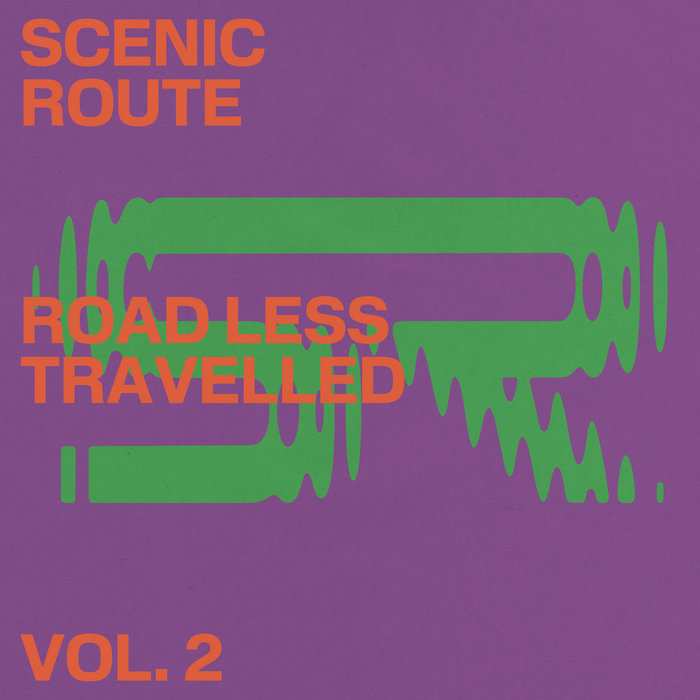
“Break My Fall,” Zenxith
More bedroom pop recorded by Daniel McGee, who records on his phone and released his first music as Zenxith in October—and now has four albums to his name. It’s not a new thing, of course, this kind of output and immediacy, but it’s still refreshing to hear the work out in the open like this. The ideas in the song may not be entirely finished, but they’re finished enough, so on to the next one.
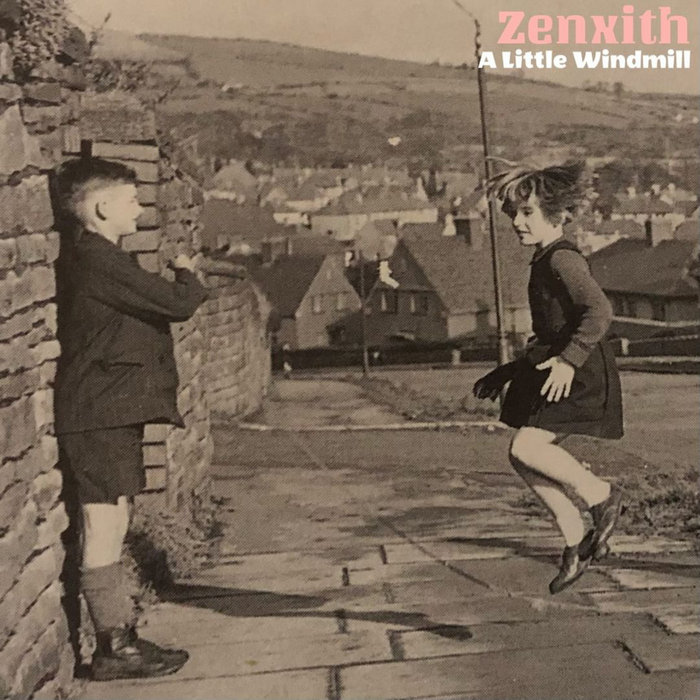
“Nukleus - Rafael Anton Irisarri Rework,” Markus Guentner, Joachim Spieth
It’s beautiful, it’s calming, but it’s the way those melodies undulate—muffled deep beneath the surface—that add something so memorable to the track.
